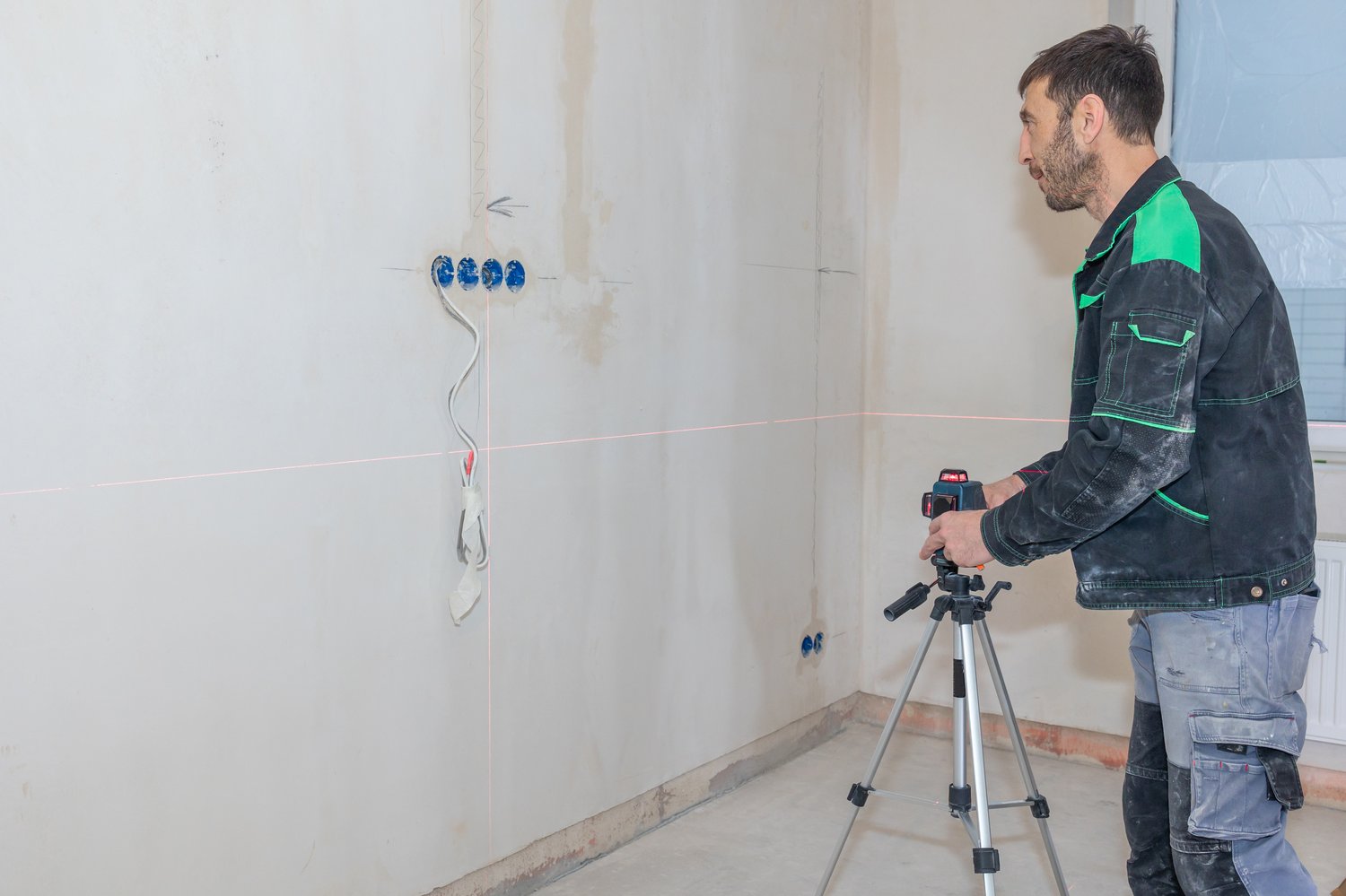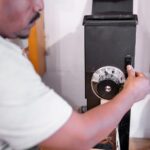Detecting leaks under concrete slabs can be a daunting challenge for any homeowner or property manager. Traditional methods often result in considerable damage and high repair costs, but advancements in technology offer promising solutions. Non-invasive leak detection techniques not only preserve your property but also ensure a more efficient plumbing system. This article explores the innovative methods that make this seamless approach possible.
- Advanced Non-Invasive Techniques: Discover cutting-edge tools and methods that enhance under-slab leak detection efficiency without causing damage.
- Acoustic and Thermal Imaging Methods: Learn how acoustic sensor technology and thermal imaging are revolutionizing the way leaks are accurately pinpointed.
- Best Practices for Effective Detection: Uncover industry best practices that optimize the use of non-invasive methods for precise leak identification.
By diving into this article, you will gain a comprehensive understanding of non-invasive leak detection techniques, learning how they save time, protect structural integrity, and enhance plumbing efficiency. Ready to embark on a more proactive maintenance journey?
Advanced Non-Invasive Techniques in Under-Slab Leak Detection
Detecting under-slab leaks is critical for maintaining the integrity of infrastructure and ensuring an efficient plumbing system. Advances in technology have revolutionized the way these leaks are discovered, making it possible to identify issues without causing unnecessary damage or disruption.
One of the key methods involves using sophisticated equipment that detects leaks accurately while safeguarding the structure. This includes leveraging tools that integrate cutting-edge sensor technologies and imaging systems. These innovations allow professionals to preserve concrete slabs and other structures, minimizing the need for invasive procedures.
Non-invasive leak detection methods often use a combination of acoustic sensors, thermal imaging cameras, and advanced data analysis software. The data collected from these tools provide a comprehensive picture of the plumbing system’s health. By adapting these state-of-the-art techniques, specialists can quickly address potential problems before they escalate, saving both time and resources in the long run.
It’s essential for property managers and homeowners to understand these technologies as they offer a cost-effective solution to protect both the plumbing infrastructure and the dwelling’s overall stability. Utilizing non-invasive leak detection is not only about fixing existing leaks but also about paving the way for sustainable preventive maintenance strategies.
Acoustic and Thermal Imaging Methods
Acoustic sensor technology and thermal imaging are at the forefront of non-invasive leak detection techniques. These methods have become indispensable for accurately pinpointing the location of leaks without resorting to traditional, intrusive measures.
Acoustic sensors work by identifying the subtle sounds generated by water escaping from pipes under pressure. The sophisticated sensors can detect variations in sound frequencies which indicate the presence of a leak. These acoustic signals are then analyzed to determine the exact location of the problem, enabling targeted repairs.
On the other hand, thermal imaging translates heat energy into visible light, presenting a clear image of temperature changes that may indicate moisture or leaks. Leaking water typically alters the thermal pattern of the surrounding area, which the thermal cameras can vividly capture. By observing these anomalies, professionals can efficiently identify leaks beneath concrete slabs.
The fusion of acoustic and thermal imaging methods enhances the accuracy and reliability of leak detection. They are essential tools for professionals looking to maintain and repair infrastructure efficiently while minimizing unnecessary damage.
Employing both technologies ensures comprehensive detection, allowing for optimal maintenance of plumbing systems. This dual approach helps in maintaining plumbing efficacy and reducing unforeseen repair costs, validating their significance in the current landscape of infrastructure preservation.
Best Practices for Effective Under-Slab Leak Detection: Non-Invasive Testing Techniques
Accurately identifying leaks under concrete slabs without disruption requires a strategic approach. Implementing industry best practices in non-invasive leak detection is crucial for achieving precise and efficient results.
One key practice is to start with a comprehensive visual inspection. This allows you to gather initial data and identify any obvious signs of moisture or water intrusion that could indicate the presence of a leak.
Utilizing advanced technology such as acoustic sensors and thermal imaging systems can significantly enhance the detection process. These tools are designed to detect subtle changes in temperature or sound that may suggest a leak, allowing specialists to pinpoint the problem area accurately.
Another critical practice involves regular monitoring and maintenance of plumbing systems. Consistent checks can help in early detection of potential leaks, preventing costly and extensive damage. This proactive strategy can save both time and resources in the long run.
Ensuring proper documentation of findings is also essential. Recording and analyzing data from non-invasive tests can provide valuable insights, which can be used to further refine detection techniques and strategies.
Training and skill development for technicians are vital. Staying updated with the latest non-invasive leak detection technologies and methods allows professionals to deliver the most effective solutions to their clients.
By adhering to these best practices, plumbing specialists can ensure the structural integrity of buildings, maintain the efficiency of plumbing systems, and implement effective under-slab leak detection methods.
Frequently Asked Questions on Under-Slab Leak Detection
What is non-invasive leak detection?
Non-invasive leak detection uses advanced technologies to identify leaks without damaging structures.
How does acoustic sensor technology work in leak detection?
Acoustic sensors detect sound waves produced by leaks, allowing technicians to locate the source precisely.
What role does thermal imaging play in detecting leaks?
Thermal imaging captures temperature variations, helping identify moist areas indicative of leaks.
Can non-invasive techniques affect floor integrity?
No. These methods do not harm the structure, maintaining the floor’s integrity.
Are these techniques cost-effective?
Yes. They minimize repair costs by preventing unnecessary structural damage.
What is the advantage of using non-invasive methods over traditional ones?
They are efficient, preserve property value, and avoid the need for invasive, costly repairs.





